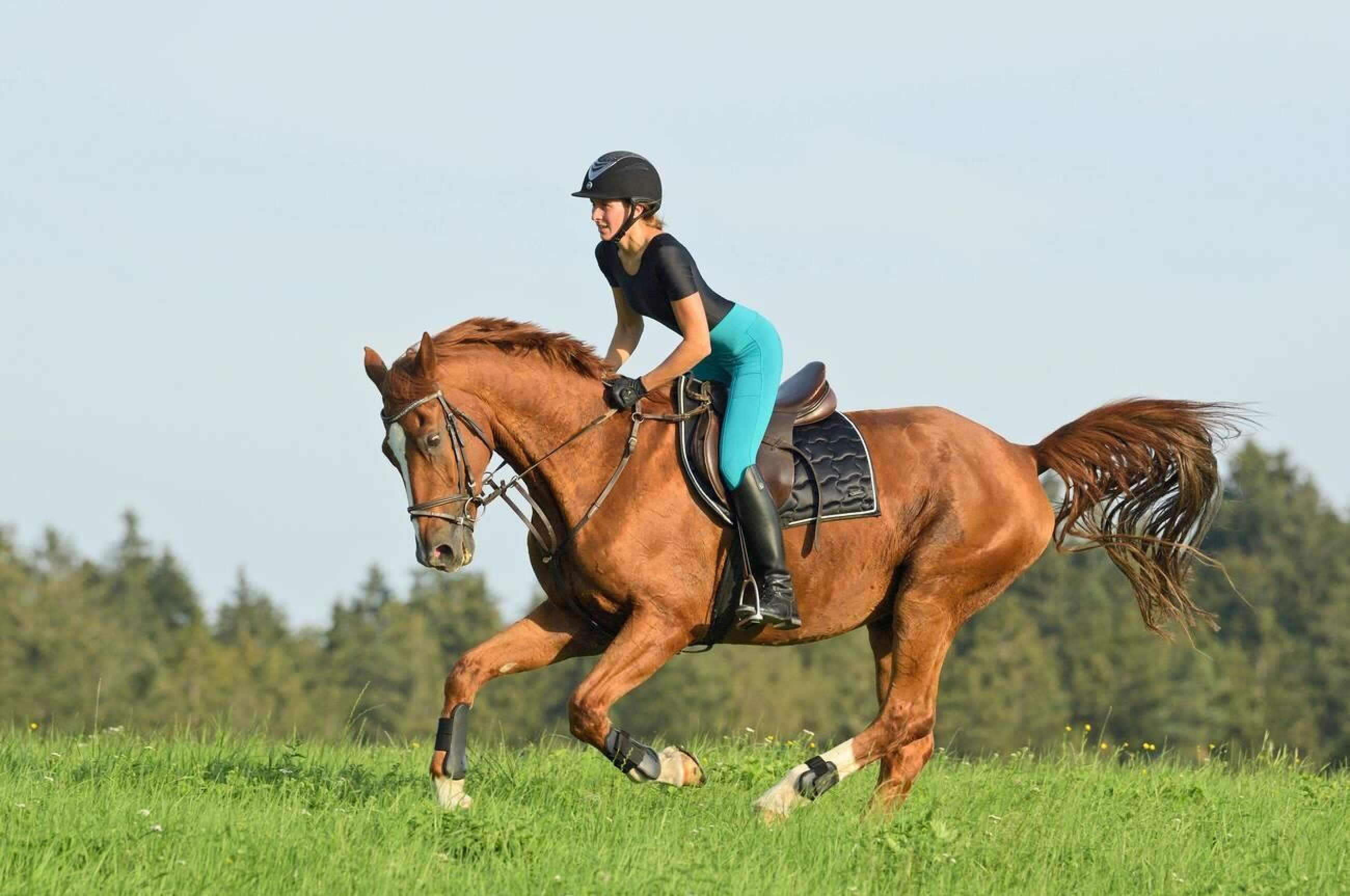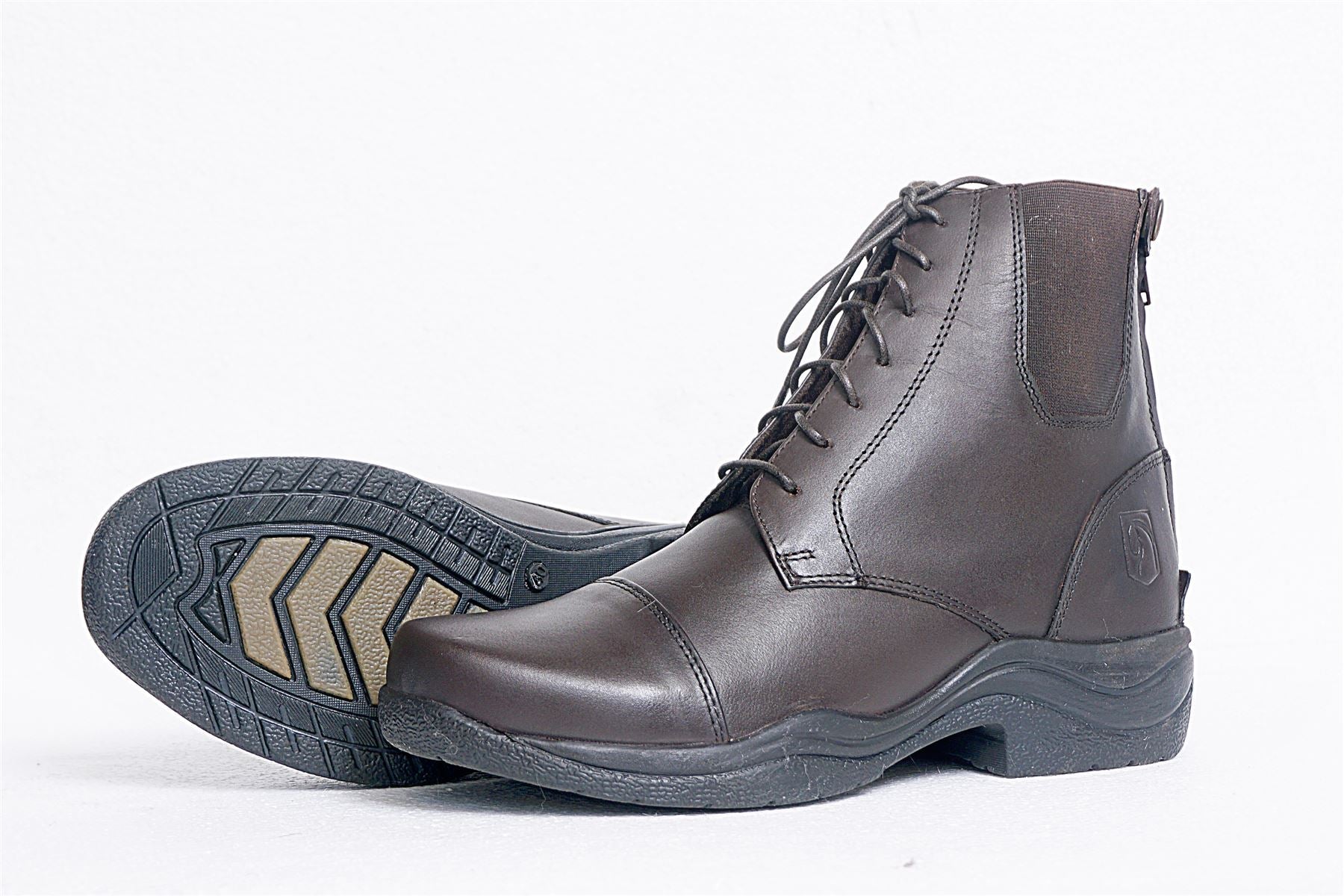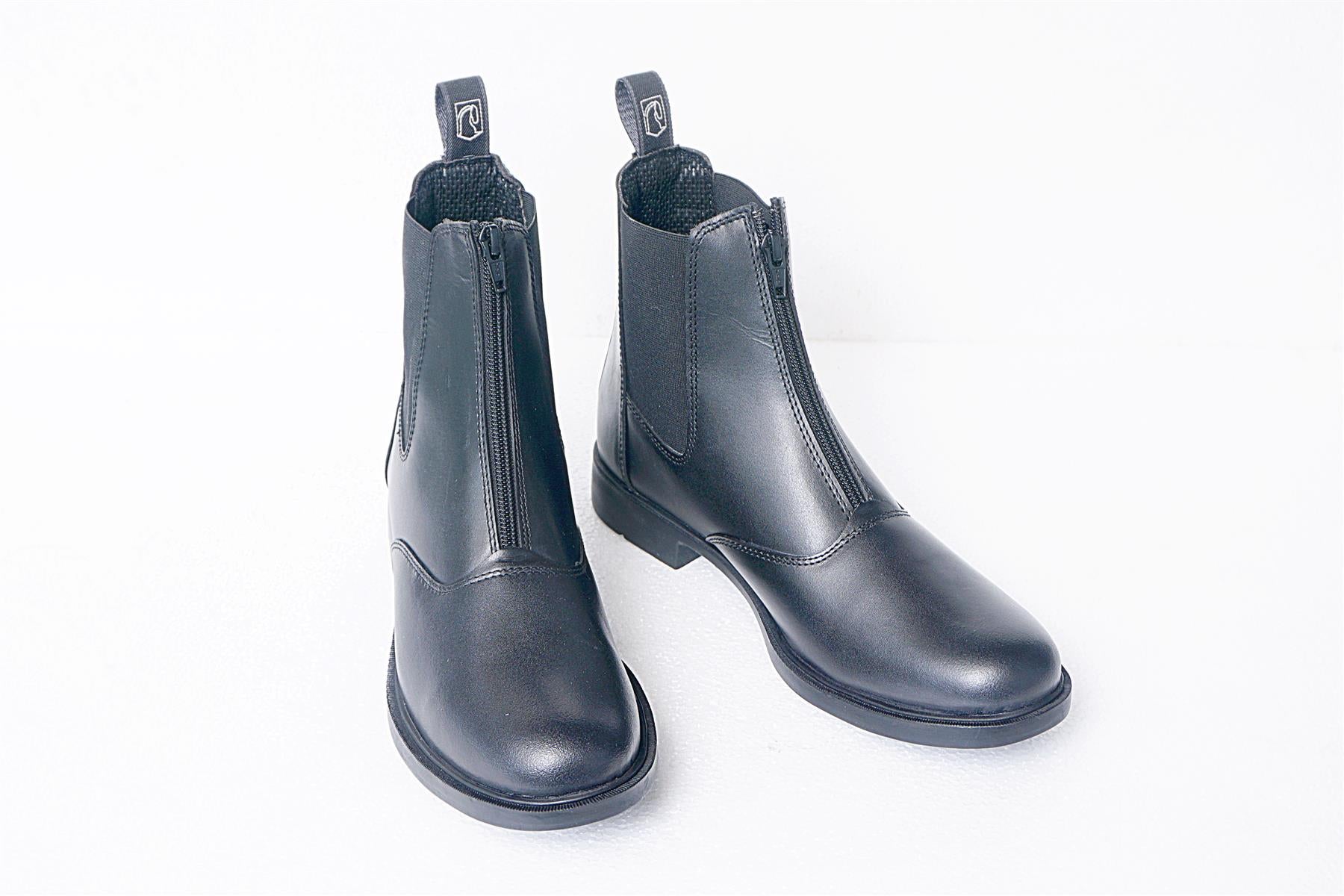
Are There Any Safety Considerations When Choosing Horse Riding Boots?

Riding a horse is an exciting experience, but safety must always come first. Sleek leather boots are not only a stylish accessory—they are vital equipment that directly affects your riding comfort and safety. Examine the world of horse riding boots and the essential safety aspects you should never ignore before making a tack store purchase. Remember that the excitement of horseback riding comes from the wind, sun, and rhythm of your horse.
Why Safety Matters in Riding Boots
Riding boots are essential for assuring your safety when riding a solid horse. They guard against potential injuries from falls, kicks, and scrapes, improve ankle and foot support, improve grip on stirrups and the ground, and provide weather protection against rain, dirt, and severe temperatures. These boots protect your physical health and increase your confidence and happiness on the saddle.
A comfortable and secure rider leads to a happier and more confident horse, making your riding experience more enjoyable for both of you. Even experienced riders confront unexpected situations, and horse riding boots provide a buffer against possible injury. Prioritising safety in your boot choices can provide a safe and happy riding experience for you and your horse.
Safety Features to Consider for Horse Riding Boots

Before embarking on your horse riding adventure, prioritise safety by choosing the proper boots. While aesthetics may influence your choice, prioritising these essential safety features will ensure you ride with confidence and peace of mind.
Ankle and Shin Protection
Horse riding boots should be customised to the discipline, with boots rising above the ankle joint to allow for flexibility and touch with the horse. Jumping demands mid-calf covering, whereas western riding necessitates a higher shaft for protection. For people prone to ankle injuries or wanting extra security, somewhat more excellent covering may be appropriate. Boots with reinforced ankles and built-in ankle guards provide additional stability and protection for susceptible joints.
Foot and Toe Protection
Choose horse riding boots made of high-quality materials, such as full-grain leather for durability and breathability or synthetic fabrics for water resistance and ease of washing. Check for robust stitching and reinforcing at stress places such as the toe and heel. A toe cap is essential for sports with a high risk of foot injury, such as Polo, Cross-country, and general riding. It protects toes from impact, pebbles, branches, and uneven ground while providing peace of mind by preventing minor injuries from unexpected bumps or mishaps.
Grip and Sole Design
To ensure a secure stirrup, choose boots with non-slip soles, deeper treads for loose terrain, and shallower treads for better grip on stirrups. Consider features like self-cleaning soles or shock absorption properties for added comfort. Choose a small, sturdy heel (typically 1-1.5 inches) to prevent slipping and provide a secure platform for a foot in the stirrup, improving stability and control. These features will help ensure a comfortable ride for both horse and rider.
Closure System
The horse riding boots should fit snugly, minimising slippage while riding and minimising pain. They should avoid characteristics such as loose laces and hanging buckles. Popular alternatives include laces for customisable support and zippers with a flap to keep dirt and debris out. These boots should also feature a secure closing method to avoid snags and entanglements.
Shop Great Prices Horse Riding Boots
Material and Construction
Choose boots made of natural, breathable materials such as leather or synthetic textiles for a comfortable fit and breathability. Leather provides inherent conformability but requires frequent maintenance and can be costly. Synthetic textiles that include mesh panels or ventilation elements are easier to clean and maintain. Water-resistant boots with Scotchguard or sealed seams keep feet dry in damp weather.
To locate the best horse riding boots, prioritise safety features and adapt your search to your individual needs and riding discipline. Stay tuned for the following part, when we review additional factors for certain horse riding activities and help you discover the ideal horse riding boots for your next journey.
Additional Considerations for Horse Riding Activities

The safety features discussed apply to all horse riding activities. Still, some disciplines may require additional precautions for optimal performance and safety, including specific boot requirements.
Dressage
For the best horse contact, choose horse riding boots with smoother, more flexible leather, a lower ankle height, and a soft, non-bulky design that won't get in the way of leg contact or add extra bulk under the saddle flap.
Jumping
To be safe when you jump or fall, choose boots with better coverage and ankle areas that are strengthened. Pick a base that has a good mix of grip on the stirrups and ground grip for safe landings. Consider adding extras like spur rests or built-in half chaps for more usefulness.
Western Riding
Western riding boots traditionally have a higher shaft, decorative stitching, and Western-style soles. They provide comfort and stability for long rides, with good arch support, and are made from thick, high-quality leather.
Endurance Riding
Choose boots made of breathable leather or synthetic textiles with mesh panels to provide comfort on lengthy trips. Choose shock-absorbing soles to prevent tiredness and strain on the feet and legs. To avoid chafing and blisters over extended amounts of saddle time, make sure the fit is snug.
What Are the Key Features of a Good Quality Horse Riding Boot?
Trail Riding
Choose boots with various qualities for different terrains, including water resistance for puddles and damp paths and a solid build for resilience against rocks, branches, and uneven terrain.
This list is not complete, and individual preferences may differ. Consulting with a skilled sales associate or riding teacher may help you choose the best horse riding boots for your riding discipline, providing a safe and comfortable saddle experience.
Conclusion
Horse riding is a thrilling activity that requires safety, particularly regarding boots. These boots should prioritise ankle and shin protection, grippy soles, and secure closures. Proper riding attire, including helmets and appropriate clothing, is also crucial. Asking an instructor or professional for guidance is also essential. The appropriate horse riding boots can enhance comfort and confidence in the saddle. By considering your riding discipline, you can choose boots that offer optimal support, flexibility, and functionality for your specific needs. Approaching the tack shop with a mindful perspective ensures the perfect pair of horse riding boots, safeguarding your well-being and enabling you to navigate your equestrian journey confidently.
Explore more! Delve deeper into specific riding disciplines, learn about different boot styles, and continue your equestrian education in our blog session. There's always more to discover in the wonderful world of horses!



